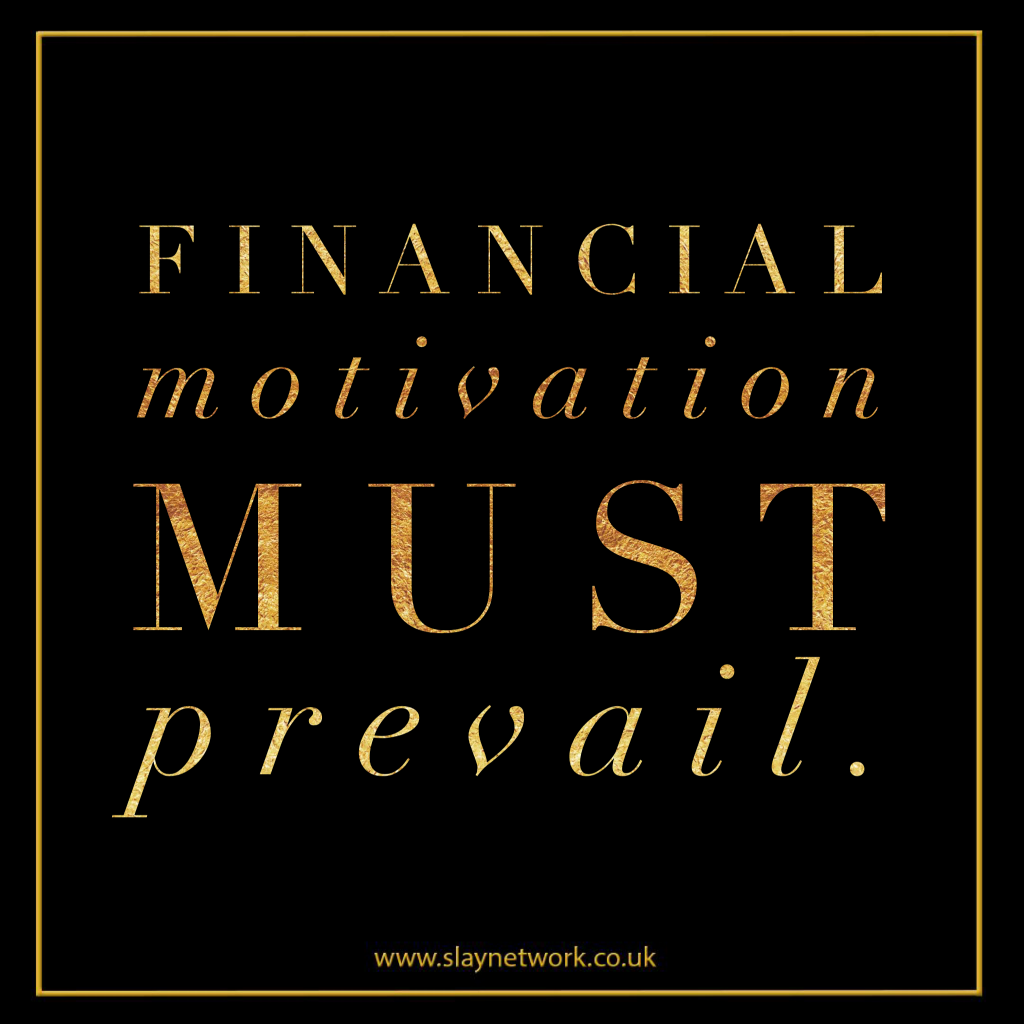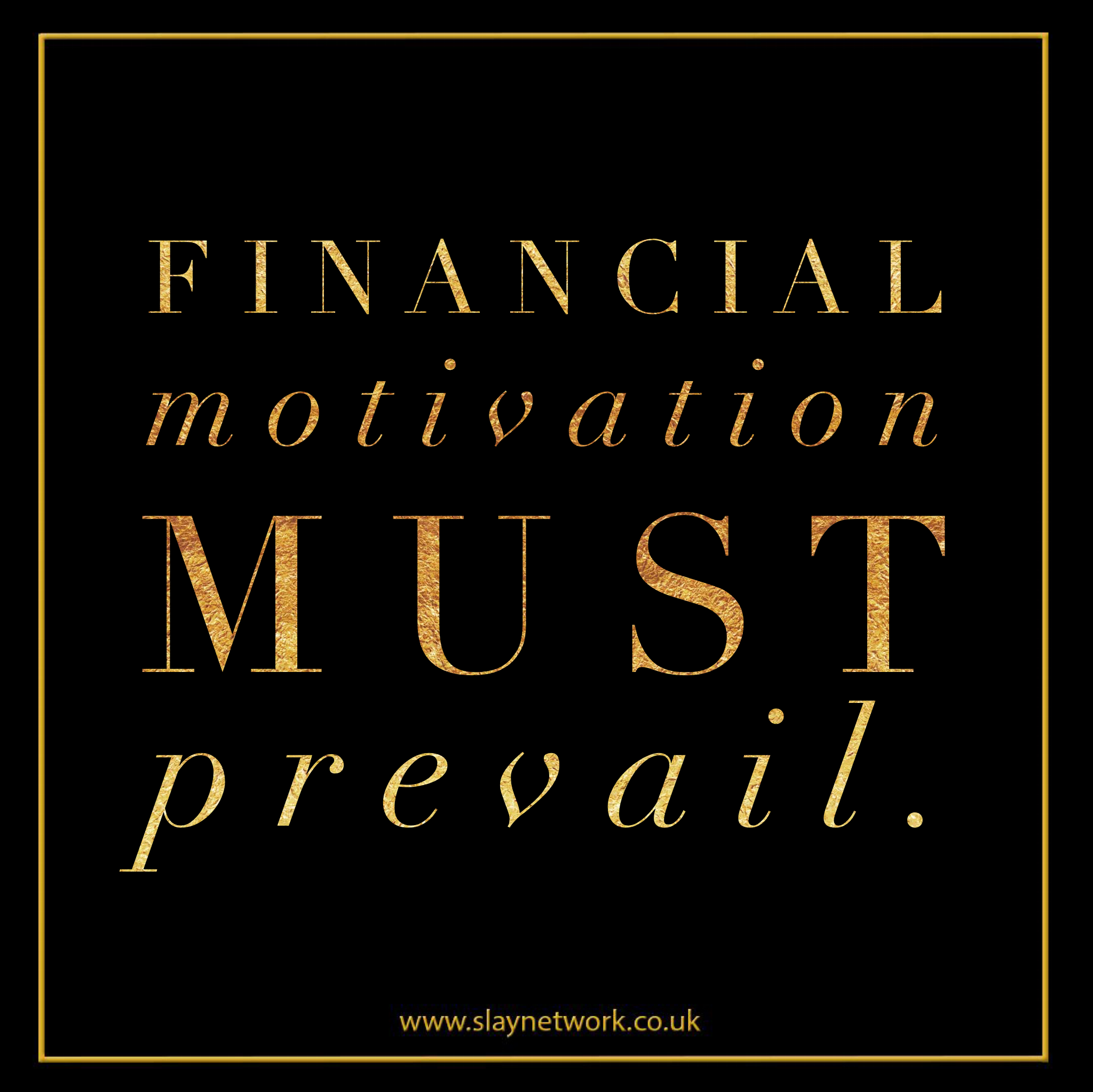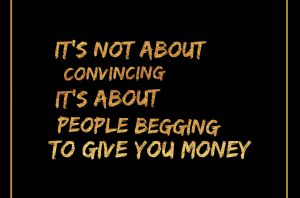
The elusive work-life balance everyone tries to find? I don’t believe it exists. Rather, I think we have work-life rhythms. Sometimes, we hit a storm surge with work. Other times, the waters ebb. But you can’t schedule that ebb and flow; rather, you need to recognize different seasons in your and your company’s year.
As I celebrated Easter yesterday, I was reminded of what that week leading up to Easter felt like when I was leading a church. It’s a hectic, fast-paced time for church staffs preparing for special services, additional service times, and extra visitors. I used to regularly schedule a full week off after Easter, assigning the next week’s preaching to another staff pastor. It’s what everyone did. Many of us referred to the Sunday after Easter as “Worldwide Associate Pastor Sunday.” And it was all in the name of achieving a work-life balance.
Turns out, that was a huge mistake as a church leader.
What I failed to recognize was that the Sunday after Easter is the most likely time that Easter visitors will return to church. To translate into entrepreneur terms, I essentially had my biggest day of receiving new leads and then didn’t return their calls or engage with them for a full week. If I had been running a startup, it would have failed!
Now that I have started a company and have more experience, I’ve learned that the old adage is true: make hay while the sun is shining. Yes, the week of Easter is really hard on pastors. But the surge of Easter visitors is an opportunity to ride another wave of effectiveness, impact, and growth.
Opportunity favors the prepared, but real growth only happens when people act on an opportunity.
I’m all for healthy balance between work and life. I just don’t believe it can be scheduled. It’s more helpful for me to think of my year in terms of the rhythms of my work and life. When the surges come, there will be seasons of tremendous stress and hard work.
So if you cannot schedule work-life balance, what is an entrepreneur to do?
1. Learn your personal rhythm.
Creating healthy rhythms for yourself requires a good deal of self-awareness. For instance, I’ve learned I have certain times of the day when I’m at peak performance, and I’ve learned what to tackle during those times. I was reminded of this recently when I was in a long HR meeting at 3pm. Not my high energy time. Not really anyone’s high energy time (I tell our clients that 3pm is when Jesus died… it’s a really tough hour!). What are your times for high energy? How can you schedule bursts of productivity during that zone?
2. Get up before everyone else.
I’ve also learned that my morning routine is paramount to me maintaining a healthy rhythm of life. If I miss my time where I focus myself spiritually, physically, and mentally for the day, the day almost always goes south. As a father of seven, I’ve learned that the only time during the day that nobody needs me is the time before the sun gets up. And most successful people I know agree and follow a similar routine.
3. Learn your company’s rhythms.
My business has been in high growth mode for over seven years now, so looking for a break is tricky. But in our arena, I’ve learned that the time between Christmas and New Years is a particularly slow time for us. So I know I’ll have down time with my family then, and my staff can regroup and refocus for the year. What are the rhythms for your business? When is your “week after Christmas?” Knowing you have a slower season ahead will help you get through the busier ones.
When opportunity presents itself, will you act? What if it occurs when you’ve scheduled your “time off?” Finding a way to push through the busy seasons and learn your own and your company’s rhythms may be the difference maker in the growth of your productivity and your life.
Think about your workweek. How many times have you traded off something important in your life for something important in your job?
And how many times have you complained — or heard a friend or colleague complain — about feeling out of balance between home and the office?
Achieving the elusive work-life balance is difficult for many professionals who must weigh the demands of a 24/7 workplace against family needs and personal interests. But what if there’s simply no truth to the idea that work-life balance can even be achieved? It’s a topic several LinkedIn Influencers weighed in on this week.
Holly Hamann, co-founder and chief marketing officer at TapInfluencer
“The idea of achieving work-life balance is… rooted in the minds of ambitious yet overworked professionals who want to ‘have it all’ — work and play, career and family,” wrote Hamann in her post Don’t Fool Yourself—There is No Work-Life Balance. “I don’t believe there is such a thing as work-life balance. It’s all life.”
“Work usually takes priority over the rest, however, because work is what we spend the majority of our day doing, it financially supports our dreams and it’s a core part of our identities,” she wrote. “Add mobile technology to our career-driven lives, and work priorities now have the potential to take over our personal lives.”
That threatens our relationships, health and overall happiness, Hamann wrote. “Every day, we unknowingly hand over precious power to alerts and notifications — distractions ironically set up to ensure we don’t miss a thing,” Hamann wrote. “When we’re constantly bombarded with these bits of information, priorities and distractions start to run together, and we have a hard time knowing what to focus on.”
How do you know when your priorities have gone awry?
“I believe it’s when you’ve reached a point where the urgency to react to something is disproportionate to its priority,” she wrote. “Do you delay a scheduled workout because you feel compelled to reply to an email first? Do unread emails cause you stress even after a 12-hour workday? Do you check your phone at dinner? These are all signs that you have an imbalanced relationship with technology.”
There are some ways to put your life in better balance — at least with technology, Hamann suggested. Among them: find a non-work related passion and wait 30 minutes each morning before checking your email or phone.
“The most defining moment of your day is when you first wake up. You have a choice about the first information you expose to your brain. By meditating, exercising, journaling, or doing something reflective for those first 30 minutes instead of opening the digital floodgates, you allow yourself to start your day recharged and aware of your priorities,” Hamann wrote.
“Learning to control which information we pay attention to — and when — is crucial to achieving balance.”
Paul Herbert, vice president of Solution Design at Symbolist
“This whole idea of work-life balance is starting to unravel before our very eyes,” wrote Herbert in his post Work-Life Balance is Dead — Now it is Life Exchange Rate.
“Some of us cling to it tightly, hoping we can continue to ignore emails, yammer and text messages between the hours of 6 pm and 8 am. But you know you can’t,” he wrote. “Work and life aren’t apart any more… and the reality is you must face the fact that work and life are intertwined.”
To truly understand the concept, it is important to recognise that the idea of work-life balance is more historical anomaly than anything else, Herbert wrote. Up until about the early 1900s… “factories created the need and the opportunity for work-life balance,” he wrote.
Factory life meant shifts and predictable regularity in schedules. But, wrote Herbert, that approach no longer applies.
“That idea — of the clock as a divider between work-life — is history. The present, and the future, is about the merging of those concepts,” Herbert wrote. “Life is what we do. Life is the sum total of our actions and our efforts. Work-life balance isn’t about separation any more — it is about consolidation.”
The idea of consolidation over separation or balance came to Herbert when he read a quote from Henry David Thoreau: “The price of anything is the amount of life you exchange for it.”
“The price (the salary/benefits/freedom) of the job is directly connected to the amount of stuff you, as an employee, have to give up in order to have that job,” he wrote. “The more of your life you give up — the higher the cost to your life and therefore the higher the price to the employer.”
The lesson for employers, Herbert wrote: “The more you allow your employees to consolidate what you want as an employer into what they want as humans should make it much more affordable — talent wise.”
What do you think? Is work-life balance dead? Is it all just life?





